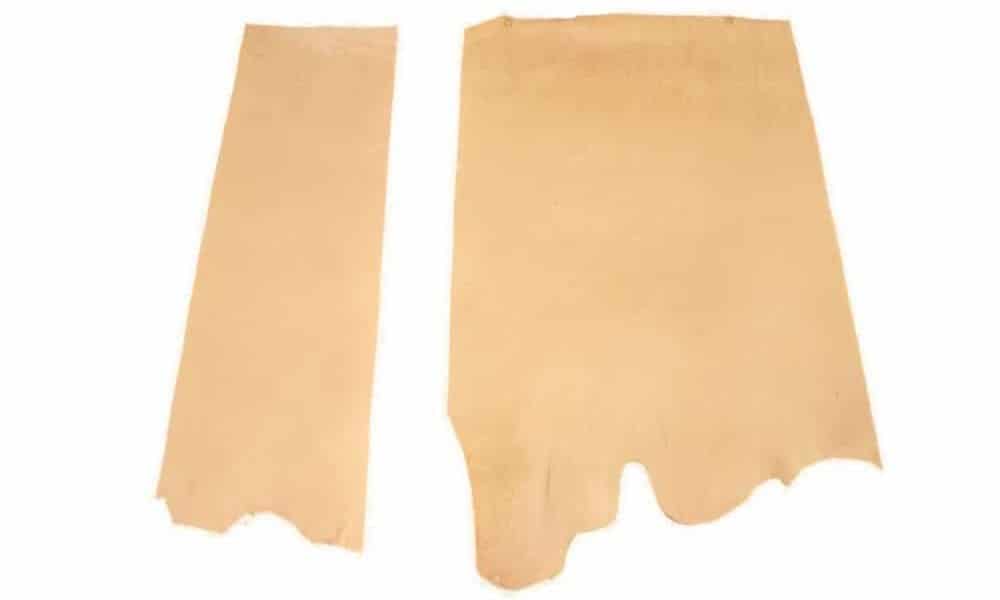
Tanning requires a good tannin to make excellent leather; however, these tannins typically harm the environment. A better sustainable practice for the environment is veg tanning, which has numerous benefits that make leatherwork environmentally friendly. Read on to learn how veg tanning is good for the environment and will make your next tanning phase more eco-friendly.
Fewer Chemicals
Veg tanning doesn’t use the typical acidic elements or synthetic oils in tanning mixtures. You’ll use natural tanners from bark, leaves, roots, and beans to change the leather’s proteins. These natural substances are safer since they come from natural products and won’t damage your skin when used.
The harmful chemicals threaten the environment and animals if they leak out of the drum holding the hide or when you dump them. Natural compounds will absorb into the ground without causing significant damage if they spill. Use veg tanning to protect yourself and the other organisms of the world from the damaging effects of tanning using synthetic oil and refine your tanning method.
Using Fewer Resources
A large impact on the environment comes from the frequent use of products. Many leatherworkers consider veg tanning to be a sustainable practice thanks to the natural resources it uses. Acidic compounds and chemicals require numerous resources and have a finite number of uses.
Use resources you can grow instead, such as oak trees and coffee beans, for a renewable resource for tanning. The ability to create your materials is another reason why veg tanning is good for the environment. You’ll have access to what you need to make the best veg-tanned leather for sale to give your customers a product made using a sustainable process.
A Great Way To Use Old Produce and Natural Resources
Many compost old vegetation and organic materials as part of their sustainable practices. These practices are a great way to ensure you have the resources to veg tan your latest leatherwork. Look for any old produce that is compostable, such as used rhubarb roots and olive leaves.
These organic products will make great tannins and aren’t challenging to find. As a pro tip to be more environmentally friendly, you could use your tanning scraps as compost to grow more vegetation.
The tanning process occurs in numerous ways, and veg tanning is a great practice for an eco-friendly approach. Consider veg tanning your next batch of hides for a sustainable method to make a water-soluble piece of leather.

